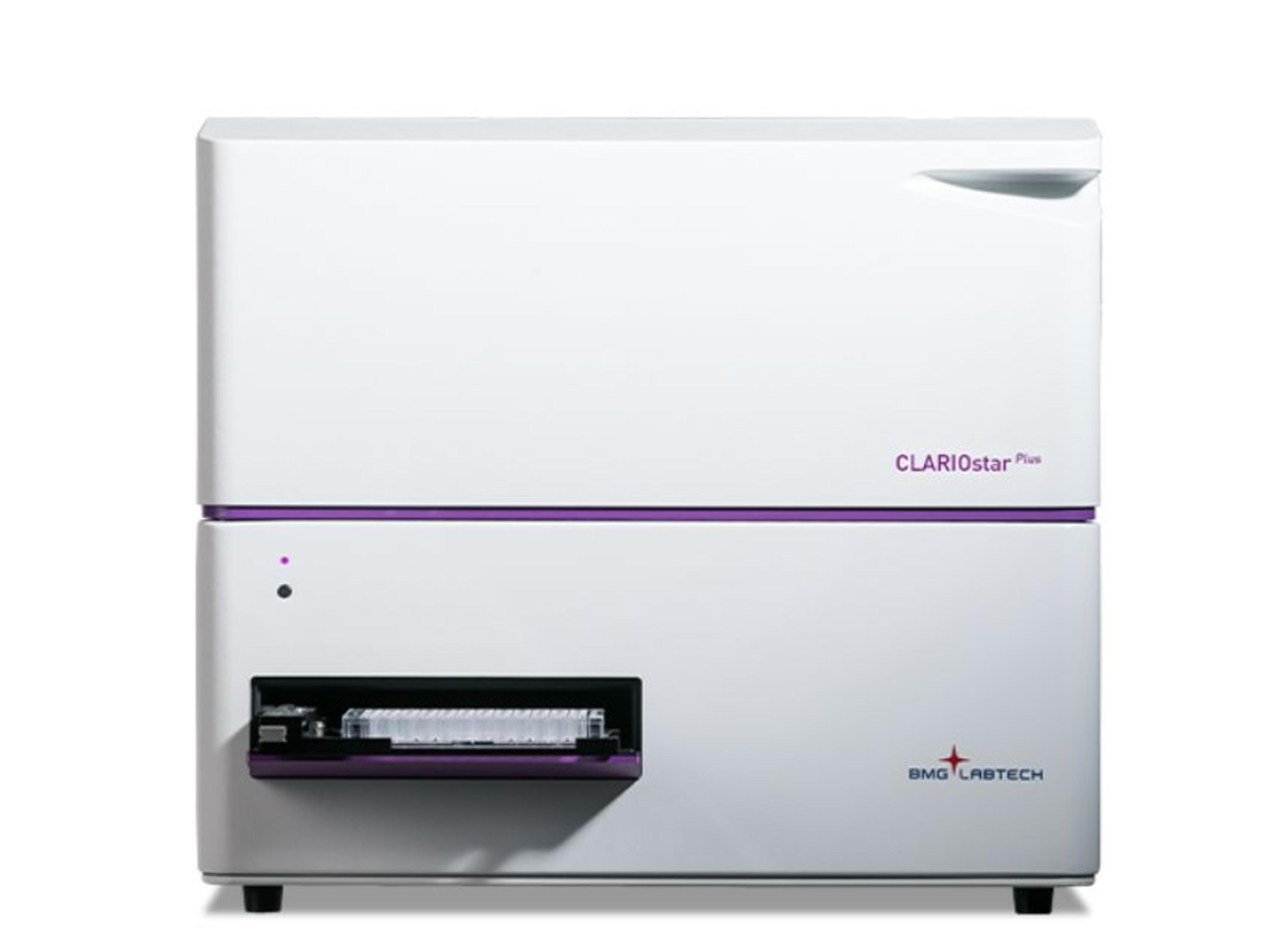The Latest Tools for Functional Genomics at Duke University
Director of the Duke University Functional Genomics Shared Resource shares her thoughts on key screening technologies
16 Jan 2019

Functional genomics aims to elucidate the relationship between genotype and phenotype and offers great insight into the understanding of basic biology, as well as health and disease.
The field utilizes a range of techniques and technologies to study the relationship of DNA sequence, gene expression and protein function. While previous analysis has taken a gene-by-gene approach, high-throughput genome-wide screening studies have enabled scientists to perform unbiased analyses to identify novel biology. Such studies require the use of flexible and automated technologies. Here, we speak to Dr. So Young Kim, Director of the Functional Genomics Shared Resource at Duke University, to learn about key screening technologies in her laboratory.
SS: What are the goals of the Duke Functional Genomics Shared Resource?
SYK: Our main mission is to provide access to functional genomics tools and various high-throughput screening technologies to the Duke research community. We do everything from cell line engineering to compound screens to pooled CRISPR functional genetic screens.
SS: What screening services do you offer at your facility?
SYK: We provide both chemical and genetic perturbagen libraries for small, medium or large-scale screens. For genetic screens, we have siRNA, shRNA, CRISPR and open reading frame (ORF) libraries for interrogation of gene function in high-throughput formats. Some of these libraries are screened only in arrayed format on multi-well plates, some are screened only in pooled format and some can be screened in either format. In addition to the libraries, we also provide the infrastructure required for high-throughput screening. This includes liquid-handling robotics, automated plate processing, barcode labelers and readers for plate tracking and instruments for quantitative assays, including the BMG LABTECH CLARIOstar.
High-throughput screening is a great approach for the unbiased discovery of novel biology, a hypothesis-generating platform that provides the starting point for new and exciting avenues of investigation.
Dr. So Young Kim Duke Functional Genomics Shared Resource
SS: Why is high-throughput screening an important technique in functional genomics?
SYK: High-throughput screening is a great approach for the unbiased discovery of novel biology, a hypothesis-generating platform that provides the starting point for new and exciting avenues of investigation. Especially with functional genetic screens, screeners can often end up with hits that they would never have predicted, given the limitations of the existing knowledge. With a well-designed high-throughput screening assay, you are allowing the cell to tell you what is important in the process being studied, rather than coming up with and testing one hypothesis at a time.
SS: How do you use the BMG LABTECH CLARIOstar in your facility?
SYK: We use the BMG LABTECH CLARIOstar quite extensively in our daily operations for everything from assaying cell viability for compound screens to measuring DNA concentrations with the LVis Plate. We have plate stackers and barcode readers with our CLARIOstar for automated plate assays and walkaway functionality, which is very convenient with our big chemical screens where we read 50-100, 384-well plates in a single batch. At the other end of the scale, we also use the kinetic function to read a single plate multiple times over an extended period, or spectral scans to read a single sample at many wavelengths. These low-throughput assays are especially popular with our facility users who are not screening with us but need a robust, sensitive reader for their assays.
SS: What made you choose the CLARIOstar?
SYK: When deciding on a plate reader, we wanted something with multiple detection modes, robust and easy to use. Being a core facility, we see many projects with wildly different needs and we really needed a plate reader that is truly flexible and has the high-throughput capability. Additionally, the technical support from BMG LABTECH has really been phenomenal. They’ve always been responsive to questions and have provided a lot of assistance setting up and troubleshooting our plate reader assays, which has been really helpful these past few years.
SS: What do you see for the future of the Duke Functional Genomics Shared Resource?
SYK: In the near future, we hope to continue expanding our screening operations, as well as the scope and size of our screens, both chemical and genetic. Particularly for the CRISPR-based libraries, the technology is evolving quickly, and new tools are constantly being developed. We anticipate that with these new technical developments will come exciting new opportunities for discovery.
Learn more about the Duke Functional Genomics Shared Resource and the CLARIOstar multimode microplate reader.

